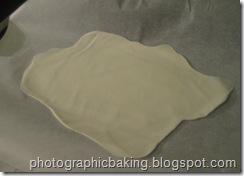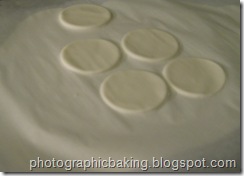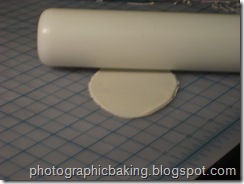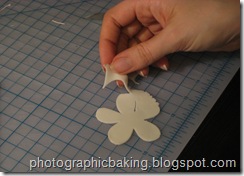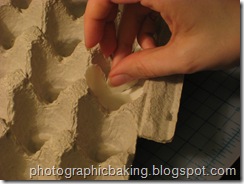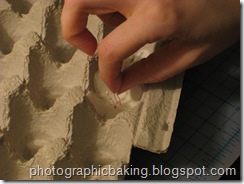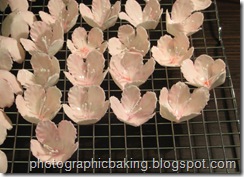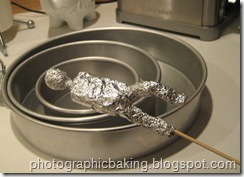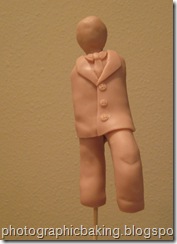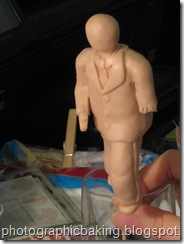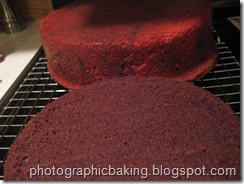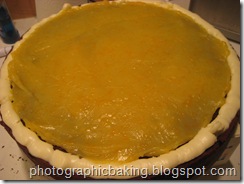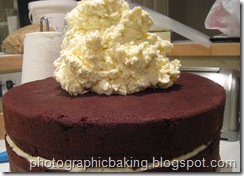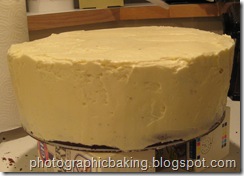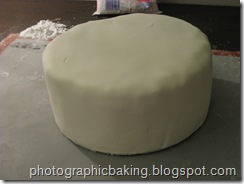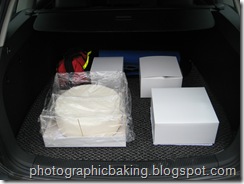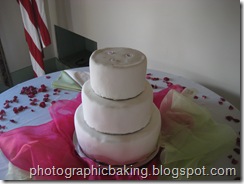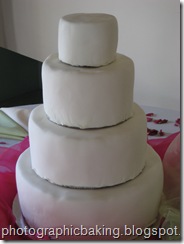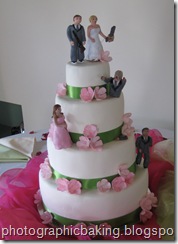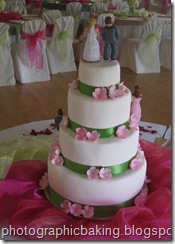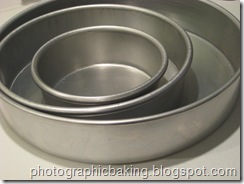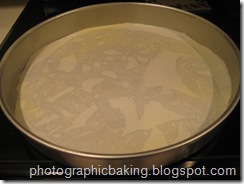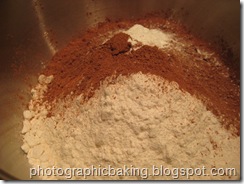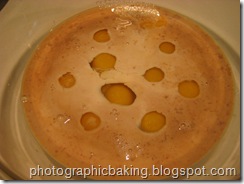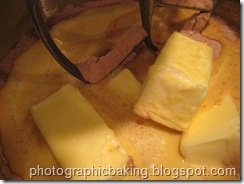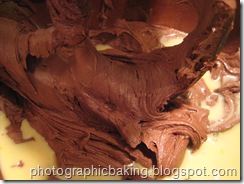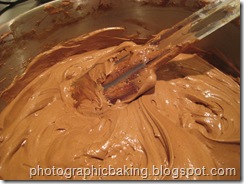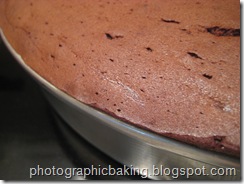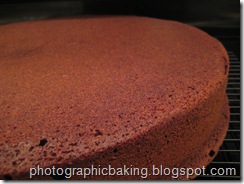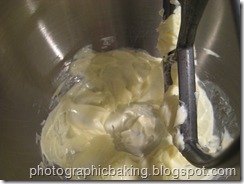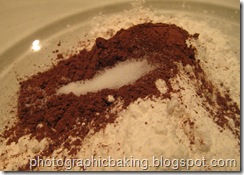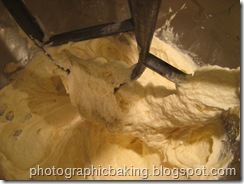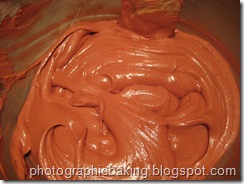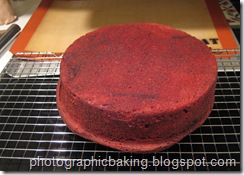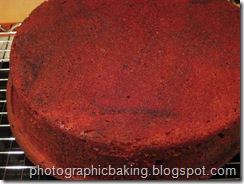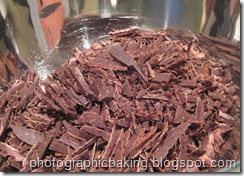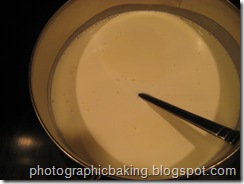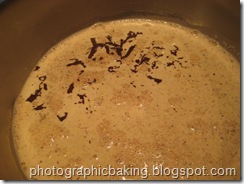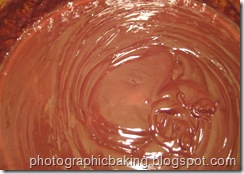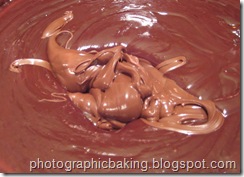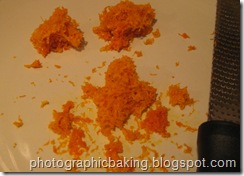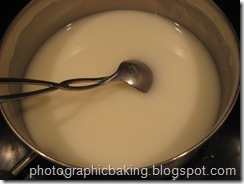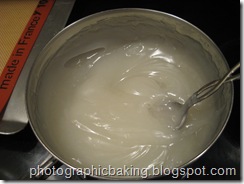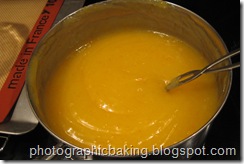This is the second half of this post. For the first half please see this post.
The previous post was all about the baking and creation of the various pieces of the cake. This post is about the decorations, decorating and assembly of the zombie wedding cake.
On the cake, in addition to the zombies, the bride and groom wanted cherry blossoms to match their wedding invitations. These, along with the figures, were all made by my wife. For more detail on the creation of these, you can check out her blog post about them.
The cherry blossoms were made out of gum paste. To make the gum paste easier to work work, vegetable shortening was kneaded into the gum paste. The gum paste was then rolled out into a thin sheet.
Then small circles were cute from the sheet of gum paste.
The edges were then rolled even thinner.
And a general flower shape cut out.
The flower was then pressed out with a sculpting tool to give the petals a ruffled shape.
The flowers were then places into an egg carton to give them a three dimensional shape.
Pre-made flower stamens were added to each flower.
Then the flowers dried overnight in their egg carton.
Then my wife hand painted each flower with food coloring thinned out with vodka.
Next up my wife made the figures for the cake. She made a bride and groom for the top of the cake, plus three zombies for the lower tiers of the cake. The interior of the figures were made from aluminum foil in a rough shape of a person.
The foil armatures were then covered with super sculpy. She chose to make them out of this inedible material since it would not only be easier to sculpt but the bride and groom could keep the figures indefinitely.
Here is a fully sculpted zombie that is missing his left arm. They were then baked in the oven to harden and painted.
Here once again are the cakes. The small chocolate cake in the front with a red velvet cake in the rear. Each layer was trimmed to make it perfectly round and also the tops were leveled.
Here is the bottom layer of the 14 inch cake. It was placed on a cardboard cake board. To stop the orange filling from pushing out the sides of the cake when cakes were placed on top, some buttercream was piped around the edges. Then the orange filling was spread evening on the layer.
The second layer of this tier was placed on top of the filling, with the bottom up. Even with leveling, the bottom of the cake is mush smoother and more level than what used to be the top of the cake. The buttercream icing is put on top the tier and then spread out and down the sides.
The buttercream icing is smoothed out as much as possible. The cake then goes into the fridge to allow the buttercream icing to harden to make it easier to cover the cake with fondant.
We decided to use the wedding white buttercream flavored fondant from Fondarific. Fondarific is a specific brand of fondant that doesn’t dry out, gives you more time to work with it, and most importantly tastes great. However, it does tend to be a bit stickier and harder to work with than normal fondant. The taste though, makes it worth while, we found ourselves eating the scraps that got left over.
To cover the cakes, they were removed from the fridge after the buttercream was hard and not sticky to the touch. I rolled out the fondant and made a rough covering of the cake, cutting off the excess with a knife. However, as you can see from the image, it is very rough and bumpy.
My wife used a fondant smoother to make each tier smooth and have a good angle on the top. Once each tier was completed it was boxed up and put back into the fridge. A small sheet of non-slip shelf liner was put between the cake board and the box to stop the cake from sliding around in the cake box.
The next morning, the boxes were put in the back of our station wagon. More non-slip shelf liner was used between each cake box and the floor of the car to stop the boxes from sliding around while driving. The flowers, figures, and other decorating pieces were also packed up into the car.
At the venue we started assembling the cake. Here are the first three tiers. In each tier hard plastic dowel rods were cut and driven into the cake to help support the weight of the upper tiers.
Here is the full cake without any decorations.
A green ribbon was attached to the bottom of each tier. This ribbon makes a huge difference in the look of the cake. The fondant is still very lumpy even after smoothing, but the ribbon makes the lumps a lot less noticeable.
Here is the cake with all the ribbons attached to the tiers.
The figures were the next to go on the cake. They were attached with bamboo skewers and royal icing.
After all the figures were on, the cherry blossoms were attached using royal icing. This is the final cake with everything on it.
Here is a view from the back side of the cake.
And of course, here’s the bride and groom cutting the cake.
